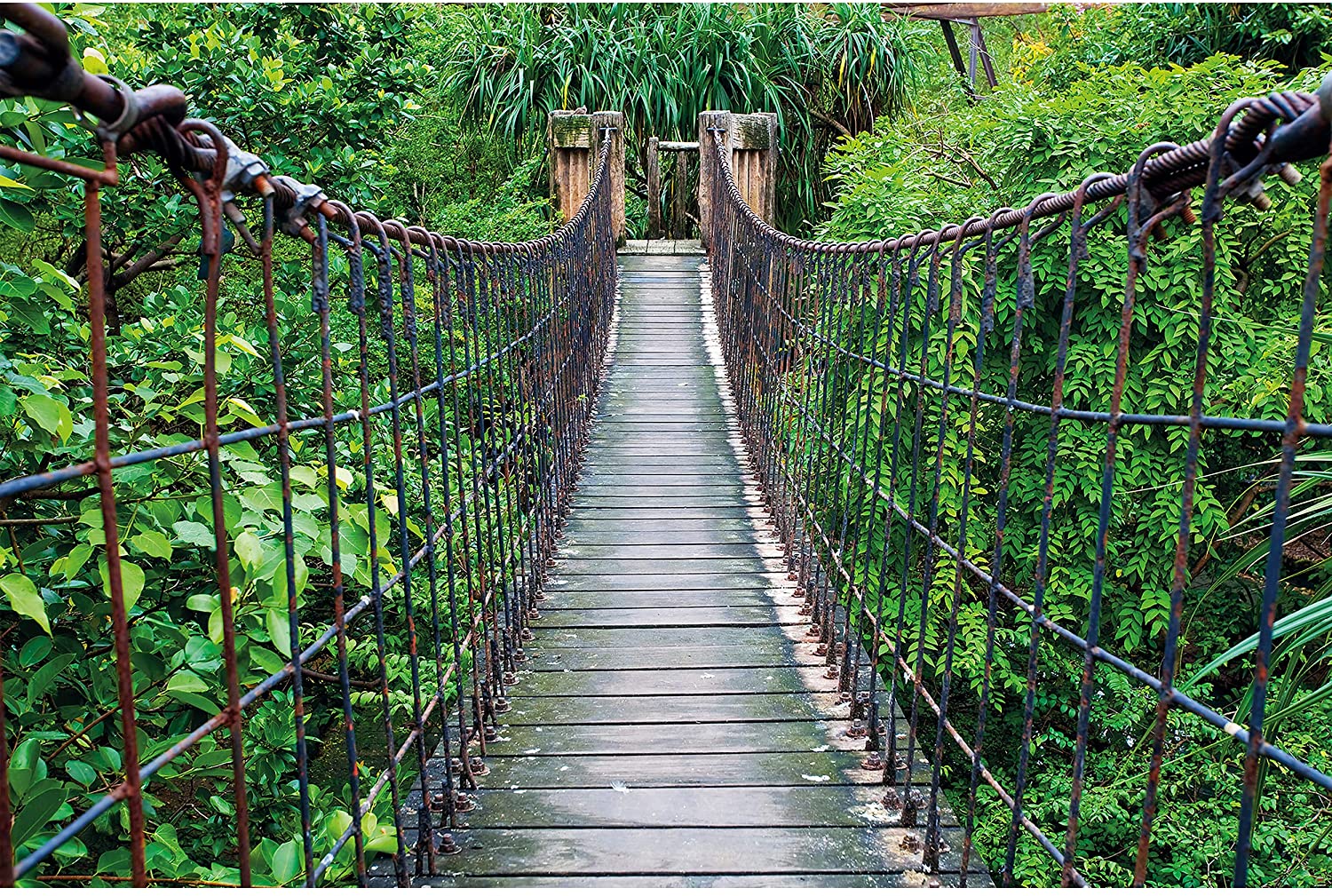
I have watched over the past year while my 1st grader learned to “go to school” through a screen. My children attend a public Waldorf school and there is little to no technology or screens in classrooms. The switch to distance learning for my daughters, 6 and 11, was big. At first, if I am honest, I was so sad as I watched them staring at a screen trying to engage with their teacher and classmates. In time, they found a rhythm and routine, a Waldorf phrase, and even though they don’t love it, they both have settled into distance learning.
After a year of virtual instruction, as we taper to summer break, I am curious about the transition back to school in the fall. The “summer slide” is well documented and the learning loss is significant — and that is only two months. The “COVID slide” has been an entire school year! We will all have to acclimate again to being in school — leaders, teachers, students, as well as families. Do you agree?
One metric that may prove to help us determine how successfully students will transition back to school is how engaged they have been during distance learning. It is safe to say that if a student rarely attended school over the past year, their transition back to the classroom could be troublesome. It is worthwhile to analyze not only attendance but participation and engagement during distance learning as well. If it can be shown that a student was actively participating and engaged in most virtual classroom activities, it is likely that their journey back to school will be smoother. For students who regularly attended school but rarely engaged, for example they never turned their camera on, or contributed to class or small group breakout rooms, or turned in little work, the road back to school may be challenging.
This is not a “wait and see” scenario, the time to act is now. By analyzing students attendance and/or participation and engagement throughout the past year we can determine whether or not intervention is needed. If poor academic performance can be linked to low attendance or participation rates then we can assume those students will require additional support to successfully make the transition back to school. Students who have more or less missed the better part of a school year are going to need structures and resources in place to bolster efforts to get back on track and eventually caught up.
I have the privilege of working with schools and colleges around the country and one common thread that has woven them together during the pandemic is a reduced student and family participation and engagement. Some community colleges we work with have seen their enrollment drop by a third — tens of thousands of students. Professors report teaching virtually to classes of 50+ students without one camera turned on. Many K12 districts and schools have had a similar challenge with some reporting only 15% attendance. One large comprehensive high school we spoke to has been unable to make contact with close to 1,000 students since March of 2020.
Many schools and districts have had a different experienced. Some report nearly 100% attendance. At these schools, even if student participation and engagement was lower than in an in-person classroom setting, teachers still had daily connection with the families they serve. Most districts were able to provide every student with a device and a wifi connection, if needed. Students who logged in to class each day developed digital literacy skills like never before. There is a lot to celebrate and if we are wise we will share what has worked so we can incorporate those strategies into our practice as we return to in-person instruction in the fall.
Regardless of whether or not students attended and/or participated routinely, there will be a transition back to the classroom. Our greatest concern should be for those students who struggled to attend or engage in their education as we know that learning losses due to the pandemic are serving to widen existing achievement gaps. Take the time this spring to analyze students attendance, participation, and engagement during the pandemic. If your analysis shows that poor student performance can be linked to these factors start planning now to incorporate systems and structures in place that will help teachers and students successfully make the transition back to school.
Be well,
Mitch